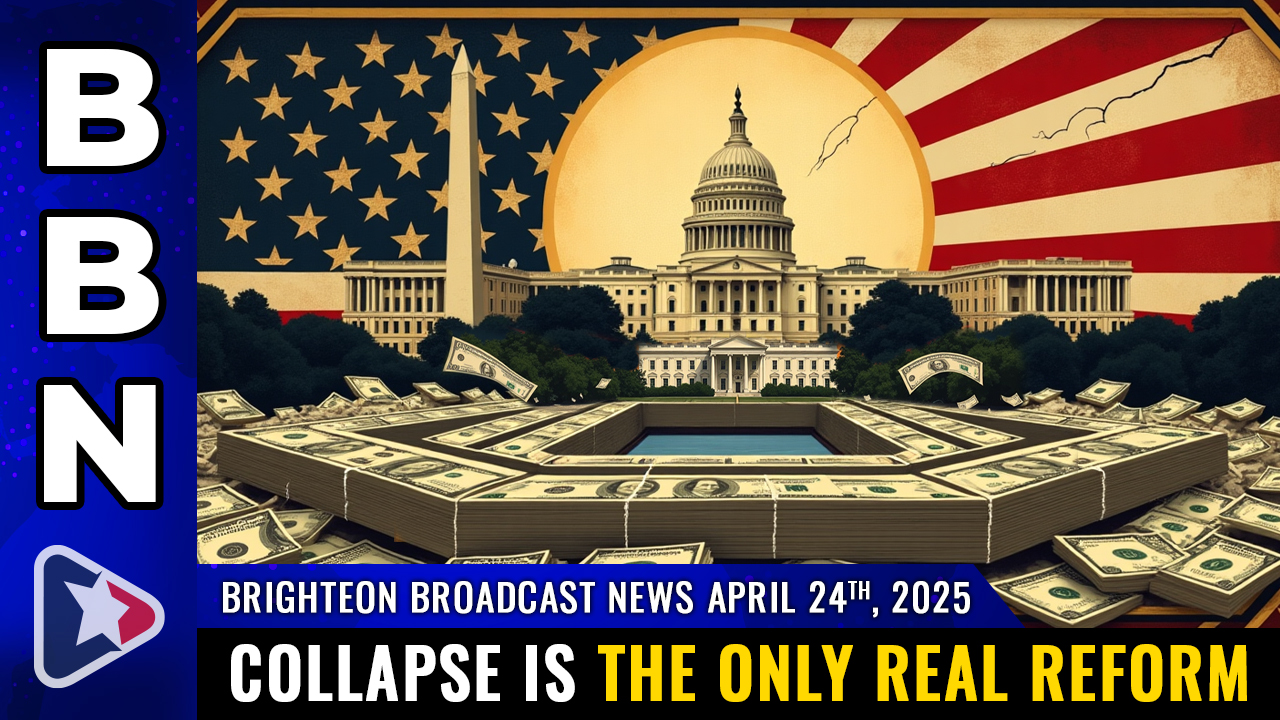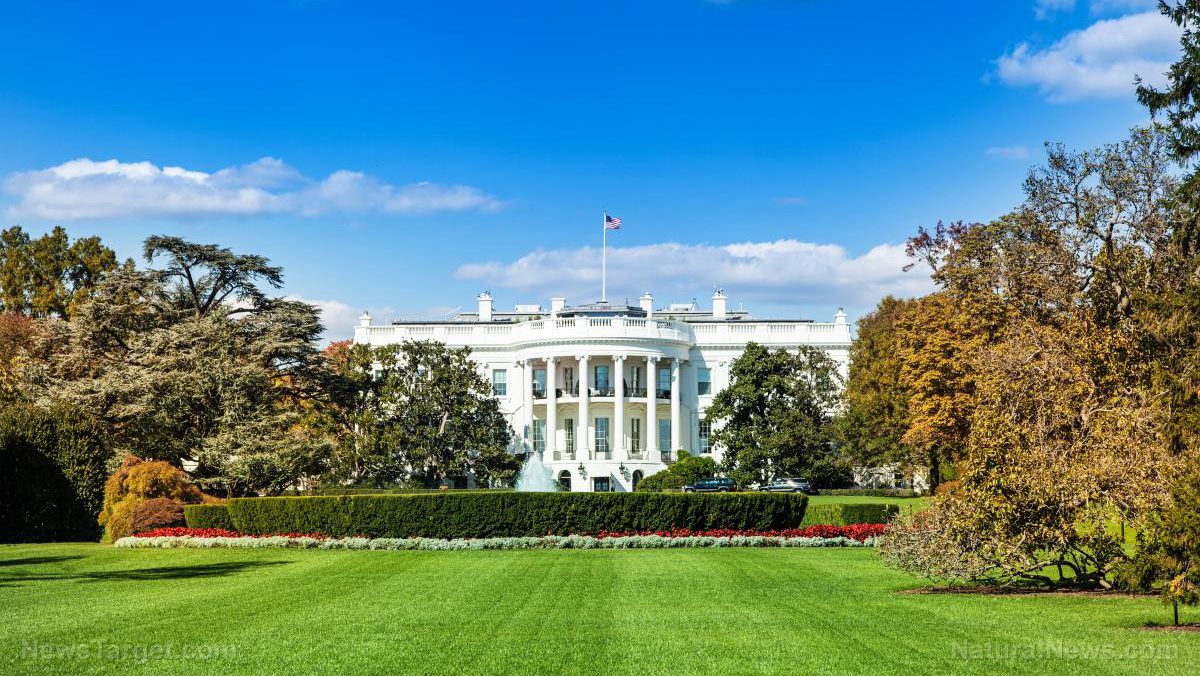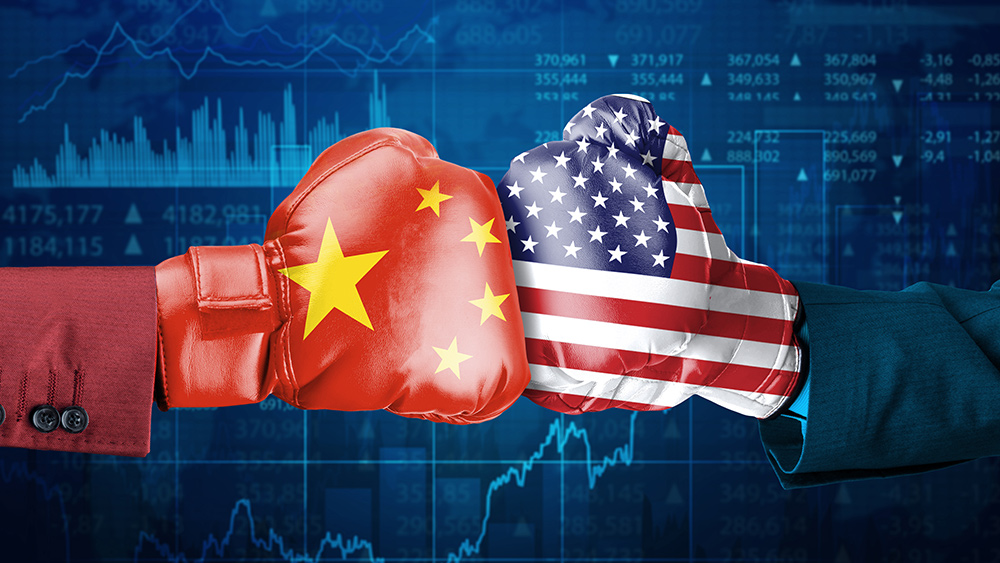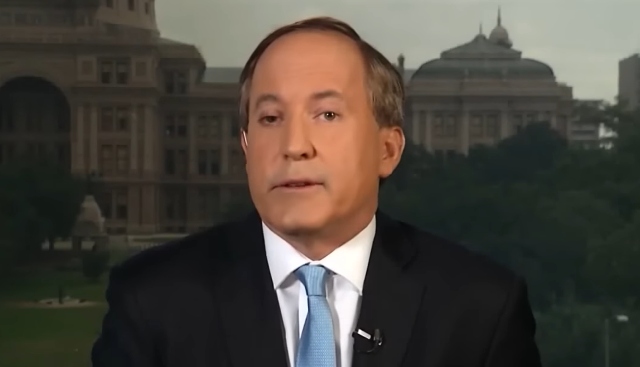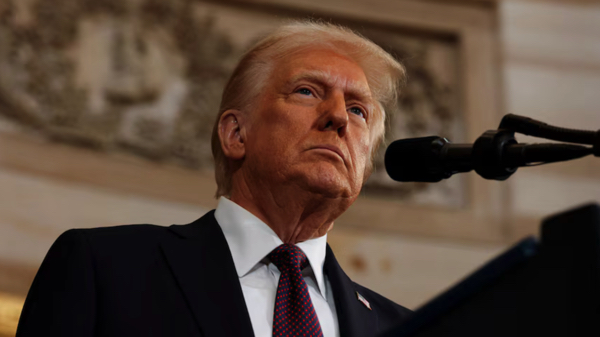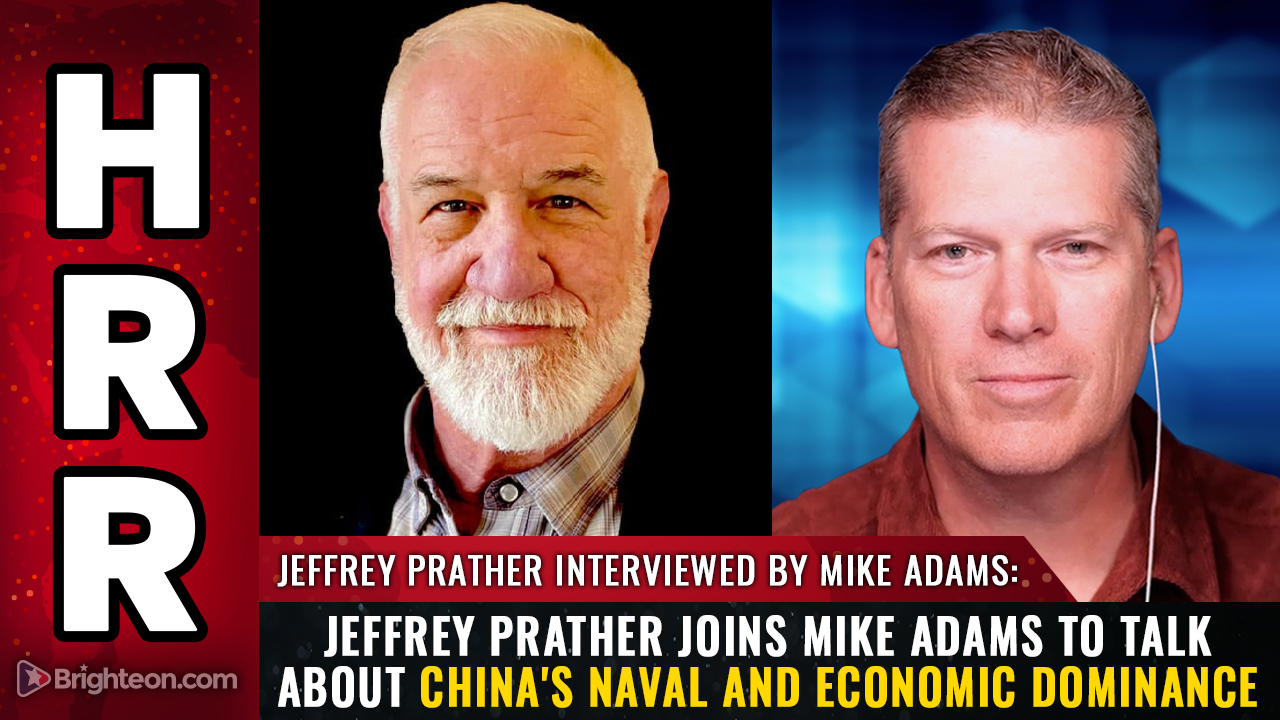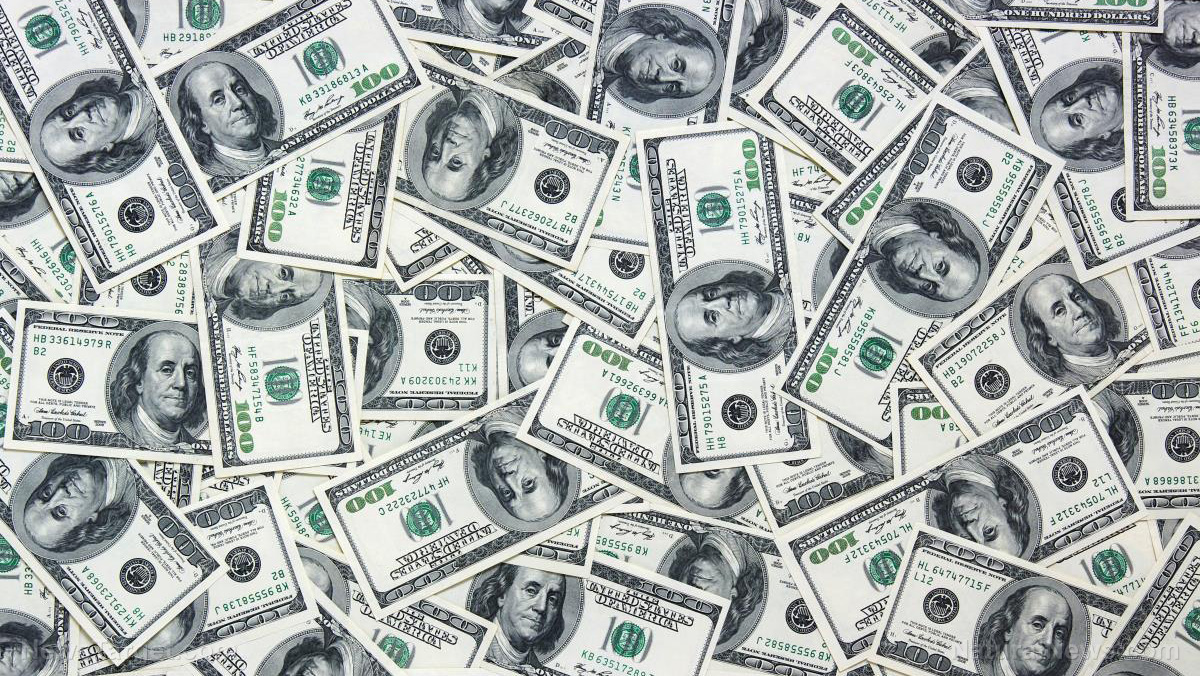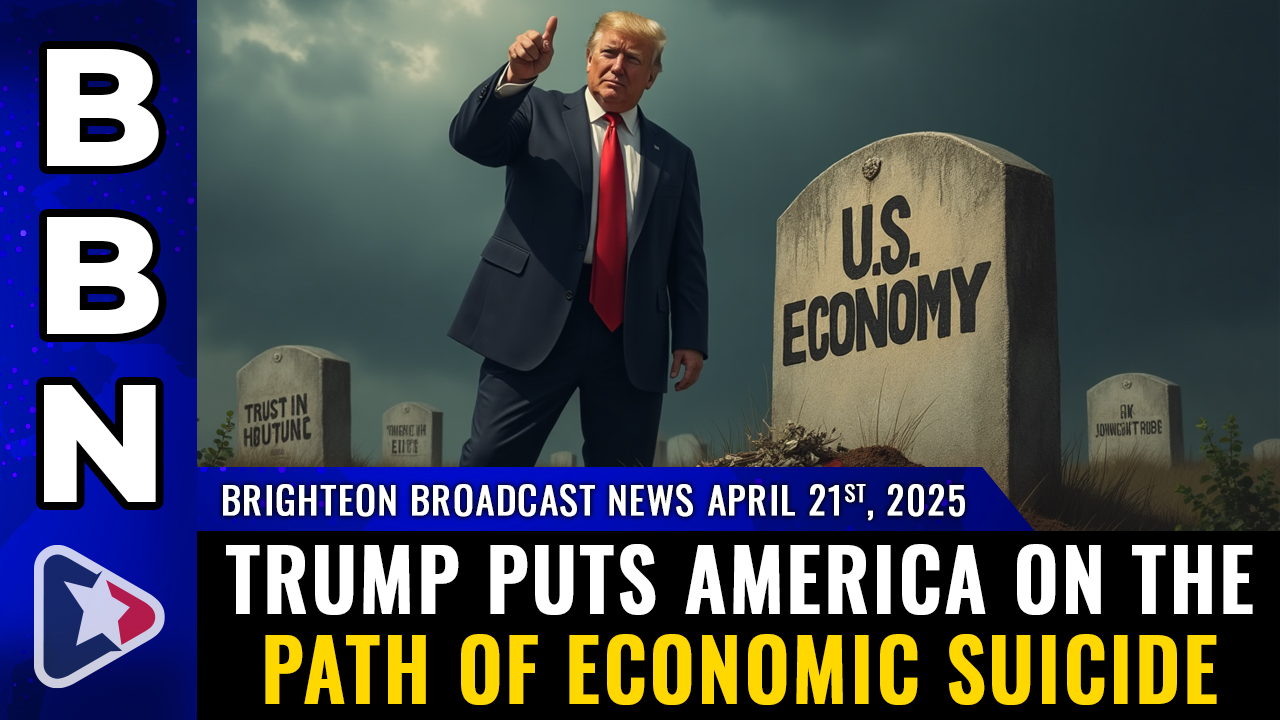Economic fallout and strategic stakes mount as U.S.-China trade tensions escalate
04/22/2025 / By Willow Tohi
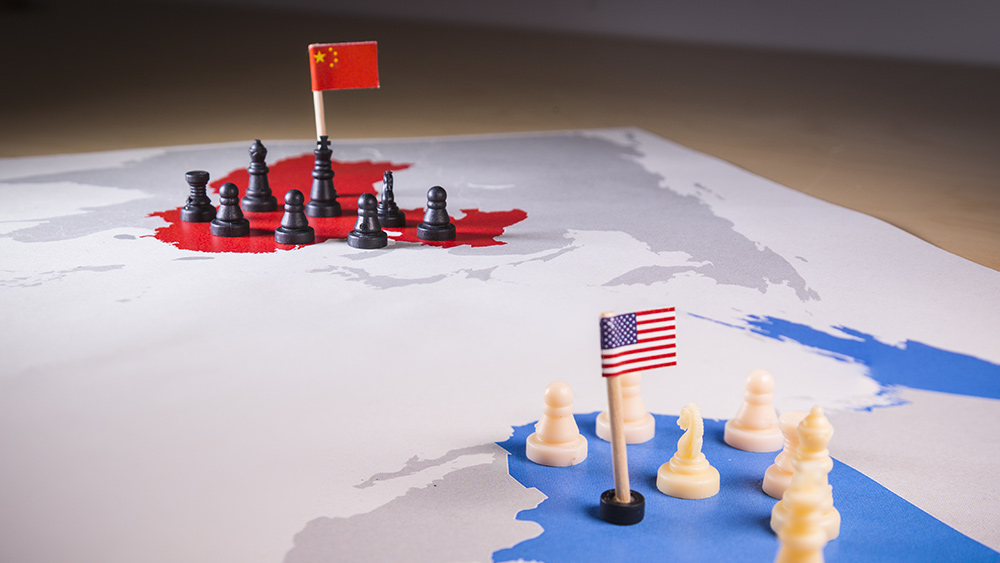
- U.S. tariffs (now at 25% on $200B in goods) devastate Chinese export industries, with factories reporting canceled orders, warehouse overstock and forced worker layoffs. Key ports like Shanghai anticipate a 50% drop in cargo traffic.
- China vows to “fight to the end,” but businesses warn tariffs erase profits, calling it a “race to the bottom.” Workers and factory owners criticize the CCP’s stance, fearing mass production cuts and job losses.
- China bans exports of rare earths (critical for U.S. tech/defense), signaling a dangerous supply war. Analysts say the CCP is isolated, falling into Trump’s strategic “traps” as other nations negotiate tariff relief.
- Critics argue tariffs alone won’t counter China; U.S. must invest in R&D, education and infrastructure to compete. New White House probes highlight vulnerabilities in critical minerals and fentanyl-linked opioid deaths.
As U.S. tariffs on Chinese goods escalate to historic levels, workers and businesses across China are facing a deepening economic crisis, while the Trump administration maintains its resolve to confront Beijing’s trade policies. The April 11 decision to raise tariffs on most Chinese imports to 145 percent, following similar measures by Beijing, has upended supply chains and livelihoods, testing the resolve of both governments ahead of a critical March deadline for negotiations.
Chinese factories scramble as orders dwindle
Export-dependent industries are reeling as U.S. importers retreat amid soaring duties. A flashlight manufacturer in Yiwu, Zhejiang Province, told The Epoch Times that orders have vanished entirely, forcing workers to take weeks-long “vacations.” Factories in Guangdong Province, known for tech and apparel production, report canceled contracts stretching into 2025, leaving warehouses overloaded with unsold goods.
“Three or four orders a month used to keep our factory busy,” the owner said. “Now, nothing.” Meanwhile, fashion giant Shein — blocked by Chinese authorities from shifting production abroad — faces price hikes after the U.S. canceled duty exemptions for small shipments.
The port of Shanghai, a linchpin of global trade, echoes with idleness, with cargo traffic anticipated to plummet by 50 percent. Analysts warn that mid-voyage cargo surrenders and factory closures could become commonplace, as tariffs erode profit margins to zero.
Beijing’s hardline backed by uneasy domestic critics
While the Chinese Commerce Ministry insists it will “fight to the end” against U.S. tariffs, insiders and netizens question the cost of steadfastness. A Jiangsu Province furniture factory owner calculated that even a 20 percent tariff would devour all profits, calling the scenario a “race to the bottom.”
A pseudonymous electronics plant director in Suzhou lamented, “We’re operating at a loss now,” while a Guangdong worker warned, “You’ll soon find yourselves among those ‘costs’” of Beijing’s propaganda-fueled resolve. A Nanjing-based vlogger added: “The domestic market can’t absorb this. Companies will cut production en masse.”
The government’s April 14 ban on exports of seven rare earth elements — critical for American tech and defense sectors — has deepened concerns of a supply war. Chinese officials, citing a 28,000-word white paper, dismissed risks, asserting Beijing’s resolve to “protect national interests.” Yet, Collaborative logistic analysts suggest the CCP has walked into Trump’s “traps,” isolating itself as other nations negotiate tariff relief.
Critics warn trade war diverts focus from domestic solutions
The prolonged conflict reignites debates over whether tariffs alone can counter China’s economic dominance. Tom Donilon, a former U.S. national security adviser, argued in 2019 that “protectionism will not meet the China challenge”—a view echoed by current observers.
Historical parallels to the Cold War-era Sputnik panic highlight the need for U.S. investments in research, education and infrastructure, rather than punitive measures. “The U.S. must compete by leading, not by walling itself off,” said Wang He, a China expert.
White House tariffs targeting fentanyl and industrial espionage underscore specific grievances, like the DEA’s report that Chinese-linked opioids caused 70 percent of 2023 U.S. overdose deaths. Yet, the administration’s April 15 Section 232 probe into critical mineral reliance adds urgency. With China blocking gallium and rare earth exports earlier, the U.S. risks vulnerability in defense and tech sectors unless it ramps up domestic production.
Tipping point nears for global tech dominance
As the June 2025 deadline looms, negotiators weigh a deal’s contours. White House spokesperson Karoline Leavitt stated China “needs to make a deal,” though Trump’s confidence remains unshaken: “We’ll set the target, and that’s it.”
For now, workers endure the fallout. A Nanjing entrepreneur’s plea — “Keep your job” — captures the gravity. Whether Beijing’s resolve falters, or Washington finds common ground, the stakes transcend tariffs: They decide who will lead the next era of AI, manufacturing and global might.
The clock ticks, and the race — for jobs, technology and influence — is far from over.
Sources include:
Submit a correction >>
Tagged Under:
big government, Bubble, communist China, debt collapse, Globalism, government debt, market crash, money supply, national security, pensions, rare minerals, risk, supply chain, tariffs, trade wars, Trump
This article may contain statements that reflect the opinion of the author
Get independent news alerts on natural cures, food lab tests, cannabis medicine, science, robotics, drones, privacy and more from NewsTarget.com
Get independent news alerts on natural cures, food lab tests, cannabis medicine, science, robotics, drones, privacy and more from NewsTarget.com
RECENT NEWS & ARTICLES
COPYRIGHT © 2017 DEBT COLLAPSE NEWS


